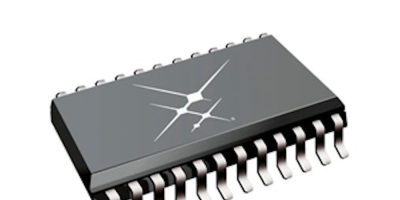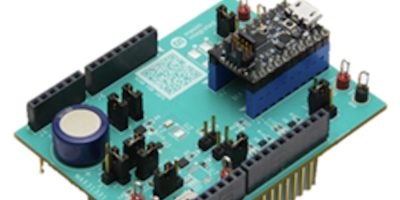Development kits that are Azure-certified are available from Renesas Electronics, powered by the company’s 32-bit microcontrollers. Renesas offers two versions of the kits, the CK-RA6M5 and CK-RX65N.
The kits also include the RYZ014A Cat-M1 Pmod, six on-board sensors, and a set of peripherals, including a USB FS connector, USB-to-UART serial converter, two Pmod connectors and a battery connector. For additional layers of security, Renesas collaborated with Crypto Quantique to implement a software-based IoT cryptography platform that securely connects IoT devices to server-hosted applications on-premises or in the cloud. Hardware-based security, such as the Renesas Secure Crypto Engine 9 (SCE9) and Trusted Secure IP (TSIP) driver has been incorporated on the RA6M5 and RX65N MCUs respectively.
Both development kits enable users to connect and manage wireless IoT devices via the cloud and IoT device developers to exploit features and services available through the cloud computing platform.
Both cloud development kits incorporate Renesas’ LTE CAT-M1 module, which wirelessly connects MCUs to cloud services without a gateway. The kits have Microsoft’s new Embedded Wireless Framework, which provides a simplified link to the Azure cloud platform. It lets any network adapter connect securely to the cloud, providing greater flexibility and better lifecycle management of cloud-based products, said Renesas. As a result the kits can be used in asset tracking, building automation, medical data management, voice command and industrial control applications.
Both the CK-RA6M5 and CK-RX65N kits have been certified by Microsoft Azure and are therefore validated to connect with Azure IoT hub and can be securely provisioned through the device provisioning service. According to Renesas, both can be integrated using pre-defined device models which eliminates the need to manually configure hardware.
The CK-RA6M5 and CK-RX65N cloud kits allow users to collect data from onboard sensors, upload them to the cloud for AI / machine learning processing and tools, and download the model back to the end point. Simplified development software available includes Reality AI tools and Edge Impulse Studio. Reality AI Tools provide a true endpoint AI for a range of applications, including anomaly detection and voice recognition. The Edge Impulse Studio integrated cloud environment enables end-to-end AI / ML development using the kits’ accelerometer for asset and package tracking use cases.
Both the CK-RA6M5 and CK-RX65N are available today.







